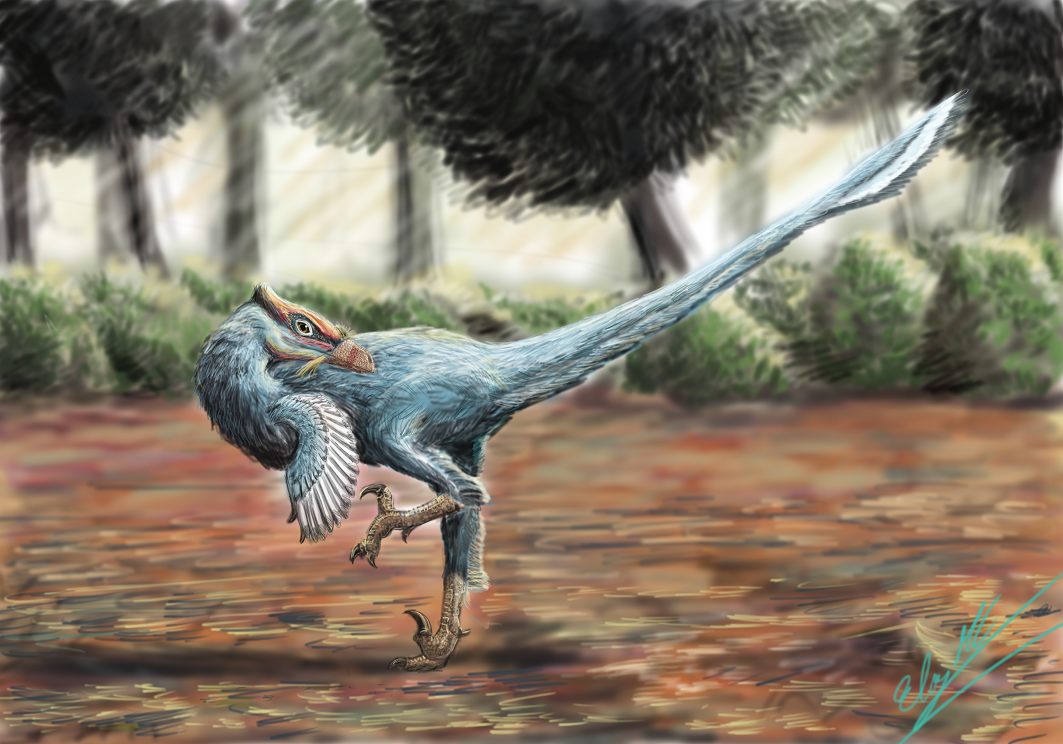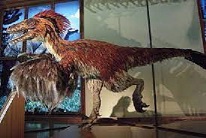
The world of paleontology is a treasure trove of discovery, and among the many enigmatic creatures that once roamed the Earth, Pamparaptor stands as a testament to the intricate biodiversity of our planet's distant past. Unveiled through the study of fossils, Pamparaptor offers a fascinating glimpse into the world of small theropod dinosaurs and the ecosystems they inhabited.
Discovered in the Late Cretaceous rocks of Argentina, Pamparaptor is a small-sized dinosaur belonging to the theropod group, a diverse category of carnivorous dinosaurs that includes famous creatures like Tyrannosaurus rex and Velociraptor. Its name, derived from the Pampas region where it was found, and "raptor," signifying its predatory nature, encapsulates the essence of this remarkable find.
| Name: | Pamparaptor dinosaurs |
| Size: | Approximately length : 1.8 meters,weight : 50 kilograms. |
| Main Facts: | Pamparaptor's significance lies in its small size, predatory adaptations, and contribution to understanding Late Cretaceous ecosystems in Argentina. |

The discovery of Pamparaptor highlights the collaborative nature of paleontology. The process of unearthing, studying, and interpreting fossils requires the expertise of a diverse array of scientists, from paleontologists to geologists, anatomists to artists. Through interdisciplinary collaboration, researchers can reconstruct the life and times of Pamparaptor with remarkable detail and accuracy.
As with many discoveries in paleontology, Pamparaptor raises as many questions as it answers. The study of this small dinosaur opens doors to inquiries about its behavior, its interactions with its environment, and the broader ecological web in which it participated. By piecing together the available evidence and comparing it with other theropods, scientists continue to build a more nuanced understanding of Pamparaptor's place in the ancient world.
Pamparaptor, a small theropod dinosaur from Late Cretaceous Argentina, measured about 1.8 meters in length. Characterized by sharp claws on its arms, it likely employed these features for hunting and capturing prey. Its diminutive size distinguishes it from larger theropods, hinting at a unique ecological niche. The name "Pamparaptor" reflects its discovery location in the Pampas region and its predatory nature.
Fossilized remains offer insights into its anatomy, movement, and potential interactions within its ancient ecosystem. As a representative of the theropod lineage, Pamparaptor contributes to our understanding of the diverse adaptations and roles within the carnivorous dinosaur group. Its study underscores the collaborative effort of various scientific disciplines and highlights the dynamic nature of prehistoric life during the Late Cretaceous period.
Pamparaptor belongs to the dromaeosaurid group, and comparing it with other members of this family offers insights into the diversity and adaptations of these small, carnivorous dinosaurs. Contrasting its features with those of well-known dromaeosaurids like Velociraptor or Deinonychus can reveal evolutionary trends within the group.
Comparing Pamparaptor's skull structure, tooth morphology, and limb proportions with those of other dromaeosaurids provides insights into its feeding habits and potential prey. Contrasts with closely related species can reveal variations in hunting strategies and diet.
Studying Pamparaptor's skeletal structure and limb adaptations in comparison with other dromaeosaurids helps us understand its locomotion and agility. Comparing its features with those of other bipedal dinosaurs contributes to our knowledge of theropod movement.
Comparing Pamparaptor with other dromaeosaurids and related theropods helps researchers understand the evolutionary pathways that led to the emergence of different dinosaur lineages. This includes insights into the transition from more primitive forms to more specialized ones.
Contrasting Pamparaptor with other dinosaurs found in the same geological formations or paleoenvironment provides information about the ecosystems it inhabited. This includes aspects such as habitat preferences, interactions with other species, and potential ecological niches.
Studying Pamparaptor's distribution and comparing it with dromaeosaurids from other regions can provide insights into the movement and dispersal of these dinosaurs across different landmasses during the Late Cretaceous.
Comparisons with other carnivorous dinosaurs, such as other dromaeosaurids or larger theropods, offer insights into predator-prey dynamics and the coexistence of different carnivore species within prehistoric ecosystems.
Comparing Pamparaptor's features with those of other dromaeosaurids helps us understand the specific adaptations and specialized traits that allowed these dinosaurs to thrive in various environments and ecological roles.